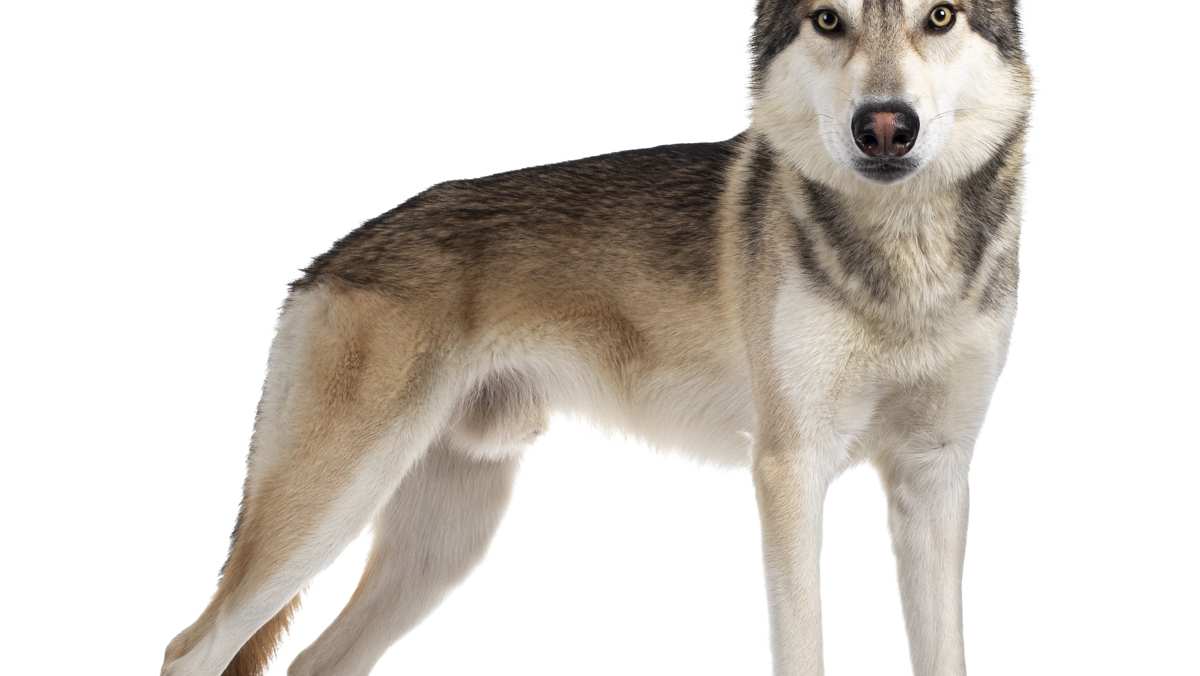Tamaskan Dog Breed Details
The Tamaskan Dog was conceived for sledding, racing, and companionship. They excel at these tasks and more, but they are not for timid or inexperienced people or homes (or apartments) with little space. They are fine with kids, great with other dogs but may be problematic with small, non-canine pets. The ideal residence is a rural one in a cold climate and with other dogs.
Here are some things you should know about Tams if you are planning to adopt one:
PROS
- Intelligent
- Super strong
- Very friendly
- Visually striking
- Superb team dogs
- Few known health issues
- Great for very active people
- Remarkable tracking abilities
- Not good in warm weather or hot climates
CONS
- Very rare
- Loves to dig holes
- Not hypoallergenic
- Matures very slowly
- Extremely expensive
- Requires a lot of exercise
- Somewhat difficult to train
- Prone to separation anxiety
- Sheds a lot at least twice a year
- Does NOT have wolf in bloodline
- Highly sensitive to the moods of people
- Lots of Huskies bred with other dogs sold as fake "Tams"
